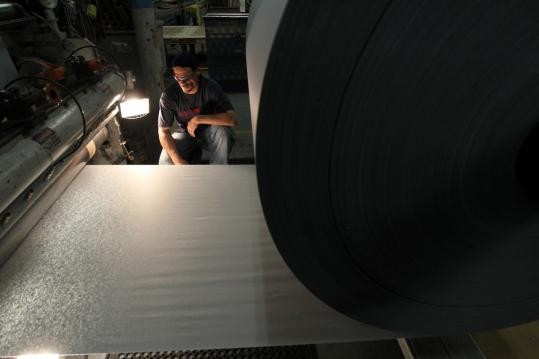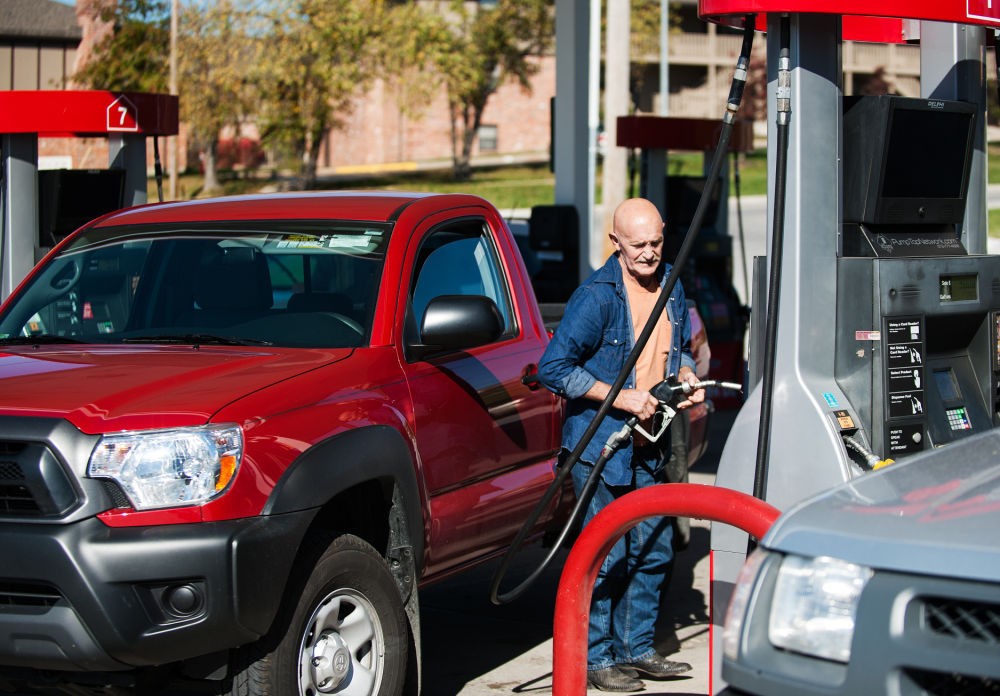Why cheap natural gas may be a boost to farmers The Globe and Mail
Post on: 16 Март, 2015 No Comment

Breakthrough
“There’s quite a long list of potential new builds in North America that are being looked at by a variety of groups,” explains Richard Downey, vice-president of investor relations for Agrium Inc. which recently announced its own plans to expand its nitrogen fertilizer plant in Borger, Tex. by 640,000 tonnes at a cost of more than $500-million.
The past 12 to 18 months have seen several significant expansion announcements throughout the continent, the most substantial coming from the world’s second-largest nitrogen fertilizer producer, CF Industries Inc. Last November, the U.S.-based company announced its plans for a $3.8-billion (U.S.) expansion for its facilities in Donaldsonville, La. and Port Neal, Iowa, which is expected to come online by 2016.
Natural fertilizer production and prices are closely tethered to the price and supply of natural gas through the Haber-Bosch industrial process. Simply put, when natural gas is compressed, combined with air, and then heated over an iron oxide catalyst, it produces ammonia – a key ingredient in nitrogen fertilizer.
As natural gas is a crucial ingredient in the creation of fertilizer, it puts fertilizer prices and production in close lock-step with gas markets.
“Approximately 80 per cent of the cost of producing nitrogen is the cost of natural gas, so natural gas is the key ingredient to producing nitrogen fertilizer,” Mr. Downey says.
The trend toward cheaper natural gas has incentivized growth in domestic fertilizer production, limiting the demand for fertilizer imports from places such as the Middle East, Eastern Europe and parts of South Africa. The majority of the nitrogen fertilizer used in North America is imported.
“The world needs two to three nitrogen plants built per year at a minimum just to meet growing global demand and historically that has tended to be built in the Middle East or some other areas where there’s trapped gas,” Mr. Downey explains. “Now people are looking at North America as a place to build because of the long-term, low-cost gas.”
But it’s still proving expensive for fertilizer companies to come up with the capital for these builds and, as a result, some are putting projects on hold – for now. In June, Agrium announced it would delay its other multimillion-dollar expansion builds. In the same month, Norway’s Yara – the world’s largest fertilizer producer – postponed its $2-billion expansion plan in Belle Plaine, Sask.
But low gas prices and the belief that these prices will remain low in the long term will continue this expansion trend, explains Joel Jackson, an analyst at BMO Capital Markets. “If you go back a few years ago companies were not seriously contemplating nitrogen expansions because they wanted long-term gas deals and they weren’t able to get them,” Mr. Jackson says.
“Over the last few years there’s been more confidence among industry participants that a long-term gas deal really isn’t needed for a lot of expansion projects because there’s confidence in a lower gas price paradigm for some time,” he says.

Some farmers are taking this opportunity to build their own plant and eliminate the go-between, explains Bob Friesen, vice-president of government affairs at Farmers of North America (FNA). Last year FNA announced its intention to build a farmer-owned fertilizer plant in Western Canada.
The timing of this build is in line with expansion and new construction plans by some of world’s largest producers, counting on lower natural gas prices to keep costs low. But the initial demand came from farmers who wanted to invest in the supply chain in order to save on their own input costs.
A couple of years ago FNA surveyed its 10,000 members, asking where they wanted to see their money go “and 74 per cent said fertilizer,” Mr. Friesen says.
He adds that while Western Canada is one of the cheaper places to source natural gas it’s one of the most expensive places to buy nitrogen fertilizer, which is fuelling the interest from farmers to build their own plant. (The site of the plant has not yet been disclosed.)
“One of the biggest strengths of the project is that it will have farmer investors investing in a plant that produces a product that they themselves create a growing need for and so by the time the shovel goes in the ground the market will have been captured,” explains Mr. Friesen, adding that there is no intent by FNA to upset the market, just a need to reduce fertilizer prices for farmers.
The new plant is expected to take at least three years to build, according to Mr. Friesen, “but when this comes to fruition it will be one of the biggest farmer ventures that I believe has ever happened in Canada.”














